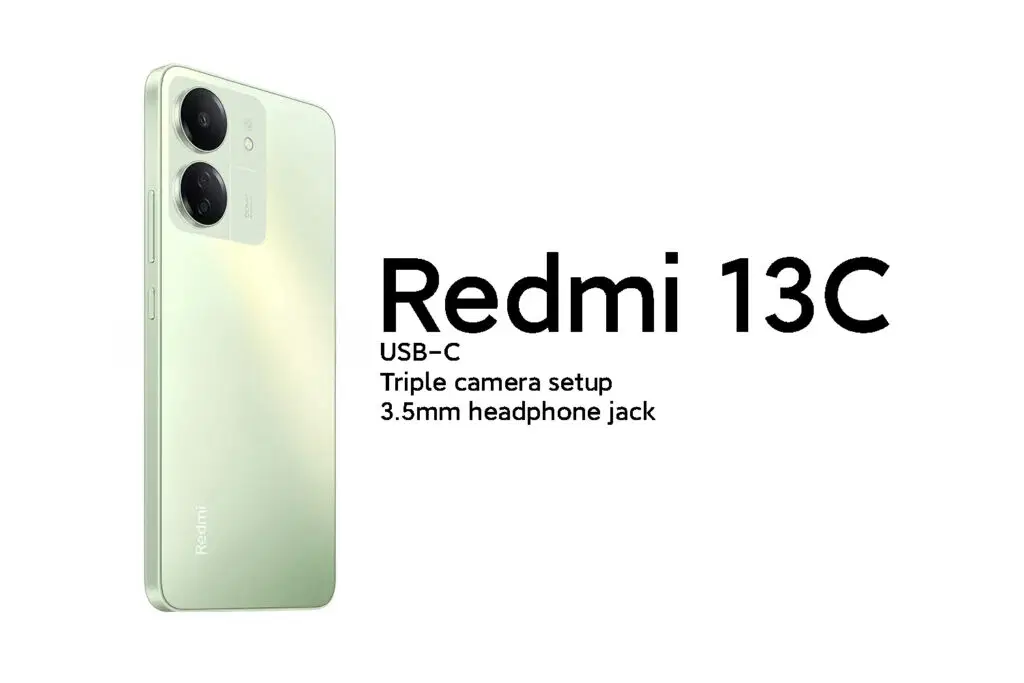French satellite image analysis company Kayrros launched a free version of its global methane monitoring map on November 29 in an effort to force governments and businesses to report their emissions. The public platform uses data from the European Space Agency’s Sentinel-5P satellite and a sensor on the International Space Station to provide daily snapshots of greenhouse gases, the main cause of global warming.
The map shows 5,645 methane super emitters around the world, or sources that release the gas at much higher rates than normal. Of these, 3,320 are oil and gas, 874 are coal, 1,451 are waste and agriculture. Among the worst offenders is Jordan’s Amman landfill, which Kairros said produces as much greenhouse gas as 450,000 cars a year, despite European Union investments to improve gas capture and energy production.
Kairros is calling for a complete ban on super emitters, saying that simply reducing methane emissions from fossil fuels quickly would have the same effect in curbing temperature rise as taking all cars and trucks off the roads. Reducing major methane emissions would be a relatively easy way to combat climate change, according to Antoine Rostan, president and co-founder of Kayrros.
The methane map comes ahead of the annual UN Climate Change Conference (COP28), where diplomats will discuss measures to limit global warming in Dubai from November 30 to December 12.
“With COP28 on the horizon and reducing methane emissions being a key focus of the conference, we are benefiting from increased public awareness and interest in this destructive greenhouse gas,” Rostand said.
The company also provides access to data from other satellites that are only available through commercial agreements, as well as more detailed analysis as part of paid research, for example by countries, cities and individual areas. The United Nations Environment Programme’s International Methane Observatory is among the organizations using satellite image analysis of Kayrros.
Kairros and others using spacecraft to monitor greenhouse gas emissions, including those with their own satellites in orbit, such as Canada’s GHGSat, also want to empower agencies, businesses and investors to scrutinize emissions reporting.
Companies are increasingly voluntarily disclosing their emissions as part of their environmental, social and governance (ESG) disclosures to attract investors and customers. Kayrros says the publicly available methane tracking map will help verify these reports and address greenwashing issues that hinder the ESG movement.
Bohdan Gogulan, CEO of private equity firm and investor Kayrros NewSpace Capital, called on diplomats attending COP28 to demonstrate how solid evidence will be used to promote the growth, investment and financial tools needed to support the climate and sustainable technologies.
“Investors are focused on the real consequences of COP28, especially in the field of ESG,” Gogulan said. said.
“We want to see a commitment to using accurate, traceable and verifiable data as the basis for all effective climate action. “Data promotes accountability and responsibility and therefore drives significant progress.”












